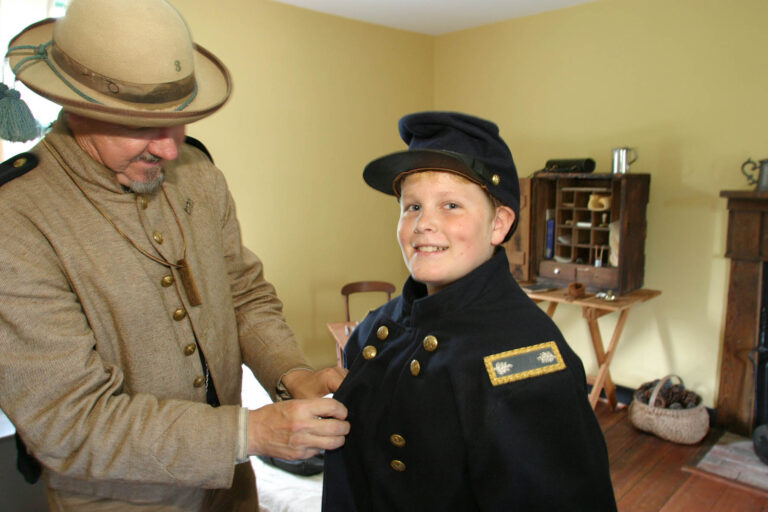
Here, then, are just some of the fascinating details that can be found as one browses through his on-line journal Clarkson’s Mission to America: 1791-1792: John Clarkson, who was entrusted with organizing and overseeing the expedition of Black Loyalists to Sierra Leone, kept a daily journal that not only records the various letters and documents he produced, but also reveals the day to day drama of the first years of loyalist settlement in Nova Scotia.

One such first-hand account is found on the Collections Canada – Black Loyalists website. In the diaries of old we find out what was had for dinner, what was thought of the current music, and who was an irritating neighbour. These handwritten documents reveal the human drama of the passing eras with an immediacy that compels their readers to recognize –yet again– that those who lived in the past were every bit as much alive as we are today. However, reading diaries, letters and journals from the past is unquestionably our greatest “guilty pleasure”.
#Endview plantation slaves professional#
Poring over indecipherable census records and meandering through soggy graveyards are sometimes necessary evils for both professional and amateur historians. Reading Clarkson’s Journal: A Guilty Pleasure of the Loyalist Era, by Stephen Davidson + Reponses re Revolutionary War Era Novels Articles – Last Post: Malcolm Dalton Loucks, M.B.E., U.E. – Died This Day, 13 October, 1812: Isaac Brock ( Globe and Mail) – Died This Day, 19 October 1868: Laura Secord ( Globe and Mail) – 2007 will mark the 400th Anniversary of the Jamestowne Colony – The Valiants Memorial to be Unveiled 5 Nov. – We Came We Saw We Surrendered (sort of): Yorktown 225th – Reading Clarkson’s Journal: A Guilty Pleasure of the Loyalist Era, by Stephen Davidson I think it is just a lovely old home, but no investigations have been done (I asked) on the property, so perhaps something may happen later to change my mind.“Loyalist Trails” 2006-41 October 29, 2006 I would say no, not this one, although some stories have been told. According to the web page for the plantation the parents of these kids were paying about 100.00 to a 150.00 for the camp. They were sitting on the floor listening to a story and reading. One thing I did notice while we were they is how hot the room the girls were in.

Includes camp life, drills, skirmishes and basic soldier’s equipment. Includes tour of local historic sites, needlework instruction, etiquette, parlor games, dancing, campfire cooking.įor boys and girls ages 8-12. Also they have day camp for kids there.įor girls ages 8-12. We did get to see the family cemetery and a natural spring on the property. A few pieces of the Curtis family clothing and furniture are still in the home.Īt this time the history of the home is still being researched and no one knows yet where the out buildings such as the kitchen and slave quarters were.

We got a tour of all the rooms which included the Doctors office where we saw some of the original old medicine bottles. The guide was very friendly and took his time talking with us and answering questions. The tour proved to be interesting due to the fact that we were the only ones there at the time. As disease and fighting took their toll, the Confederates used Endview briefly as a hospital. The 1860 census shows that Curtis owned $8,000 worth of real estate, $21,000 worth of personal property and 12 slaves. The young doctor established his medical practice at the plantation in 1856 and married Maria Whitaker in 1858. During this time the home was owned by Dr. Although there is both Revolutionary War and Civil War history recorded here, the owners center more on the Civil War. It is located about 10 minutes from my house and I have passed by it several times without stopping. This plantation is one of the smaller ones that we have visited. Yesterday we took a trip to Endview Plantation. Reports have said that a woman has been seen crossing the road from the cemetery towards the house during re-enactments that are held at the Plantation Reports also show that the room, that was used as a nursery has curtains that open after they have been closed for the night. Used by both sides during the civil war as a hospital.


 0 kommentar(er)
0 kommentar(er)
